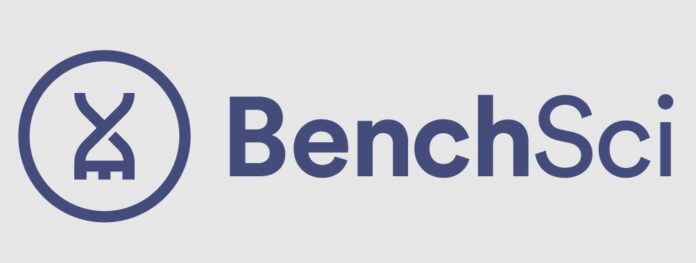Liran Belenzon is the thirty-six-year-old CEO of BenchSci, a company focused on assisting medical researchers in making the next big biomedical discovery. A graduate of the University of Toronto, Liran was introduced to BenchSci while working in the Creative Destruction Lab (CDL), established at the University of Toronto’s Rotman School of Management to support and incubate next-generation Canadian technology companies. Liran began working with BenchSci founders Tom Leung, David Q. Chen, and Elvis Wianda and soon joined the company as CEO to help attract seed and venture capital, and grow it as it pursued its mission and market opportunity.
What BenchSci Brings to Biomedical Research
Research publishing today is highly competitive with output growing annually by 4% according to NSB Science and Engineering Indicators. The biggest contributors to this growing volume of information include academic, private and public research institutions in China, the US, the EU and Japan. International collaboration among institutions and companies is growing with millions of new research papers published in peer-reviewed journals annually.
BenchSci is focused on harvesting information from all of this content to shorten the timelines for researchers to find the right tools to speed up discovery. Demand has been great with the company growing to 280 employees and offices in Toronto, Vancouver, and Oxford in the UK.
BenchSci’s clients are a who’s who in the biopharmaceutical industry including Sanofi, Novo Nordisk, Janssen, Novartis, Avvbie, AstraZeneca, GSK, Lilly, Bristol Myers Squibb, Amgen, Takeda, Gilead, Moderna, Miomarin and Voyageur Therapeutics. It has made the software free for students and researchers in academic, government and non-profit institutions.
At the Collision 2022 conference this week here in Toronto I had the opportunity to interview Liran. He began our conversation with this statement.
“Did you know that the people who sell pharmaceuticals have more software helping them than the scientists who are creating the biomedical breakthroughs and cures these companies market?”
Imagine if this imbalance could be corrected in favour of researchers to help them find new medical discoveries. Our conversation follows:
Q: What role did Creative Destruction Lab play in launching BenchSci?
Liran: When the Rotman School launched CDL, the goal was to offer early-stage companies an environment to grow and find seed capital. It also served as a place for Rotman students like me to interact with these companies by applying the skills I learned through the university’s business program. When I met the founders of BenchSci it was a good match for all of us. I could help them with the business case and speed up the company’s entry into the marketplace.
Incidentally, the CDL model was so effective it has expanded to US locations in Atlanta, Seattle, and Madison, in Canada in Calgary, Halifax, Montreal and Vancouver, in Oxford in the UK, in Paris, and at the University of Tartu in Estonia.
Q: Using AI tools within the biopharmaceutical industry to speed up research seems to be a novel idea. What specifically is BenchSci bringing to the table to differentiate it from AI being used in biomedical research elsewhere?
Liran: BenchSci was founded specifically to shorten the long timelines experienced by laboratory researchers in efforts to discover new drug treatments. BenchSci’s AI software tools could be introduced to the research community to read tens of millions of legacy research papers and new publications to parse both the text and content of images to identify antibodies and reagents, the small organic molecules and inorganic compounds used in laboratory experiments. The first challenge solved was identifying antibodies from the literature that matched researcher requirements. Now we are working with reagents where BenchSci has demonstrated it can find matches to current research faster than any other tool on the market. By 2025 we expect to be 50% faster delivering these matchups whether antibodies or reagents.
Q: The pace of published research continues to climb and today it is all digitized. Where is BenchSci going to mine all of this digitized legacy and new content?
Liran: The company has established partnerships with Springer Nature, and other online aggregators and publishers of biomedical research giving us access to millions of papers.
Q: The process of approvals for new breakthrough medications, vaccines, and treatments seems onerous when you think of the time it has taken for laboratory breakthroughs to turn into clinical trials, and get final approvals from national health agencies around the globe for public use. How is BenchSci cutting through all of that to make new life-saving discoveries accessible to the general public faster?
Liran: Scientific breakthroughs come when scientists use the right tools. Reagents are a vital part of the tool kit and trial and error have been the traditional way they are selected for use in experiments. But with BenchSci able to read millions of papers including information contained within images, the reagent selection process no longer is subject to potential dead ends from wrong choices made.
Q: What’s next on the agenda for BenchSci?
Liran: We are looking to do what we have accomplished with antibodies and reagents and apply our AI software to recombinant proteins, siRNAs, and CRISPR tools. We are also developing other BenchSci machine learning applications to reduce preclinical research waste. Our mission remains focused on helping scientists to be more successful, to improve their research and development productivity, and inevitably deliver better health outcomes for the planet.
















